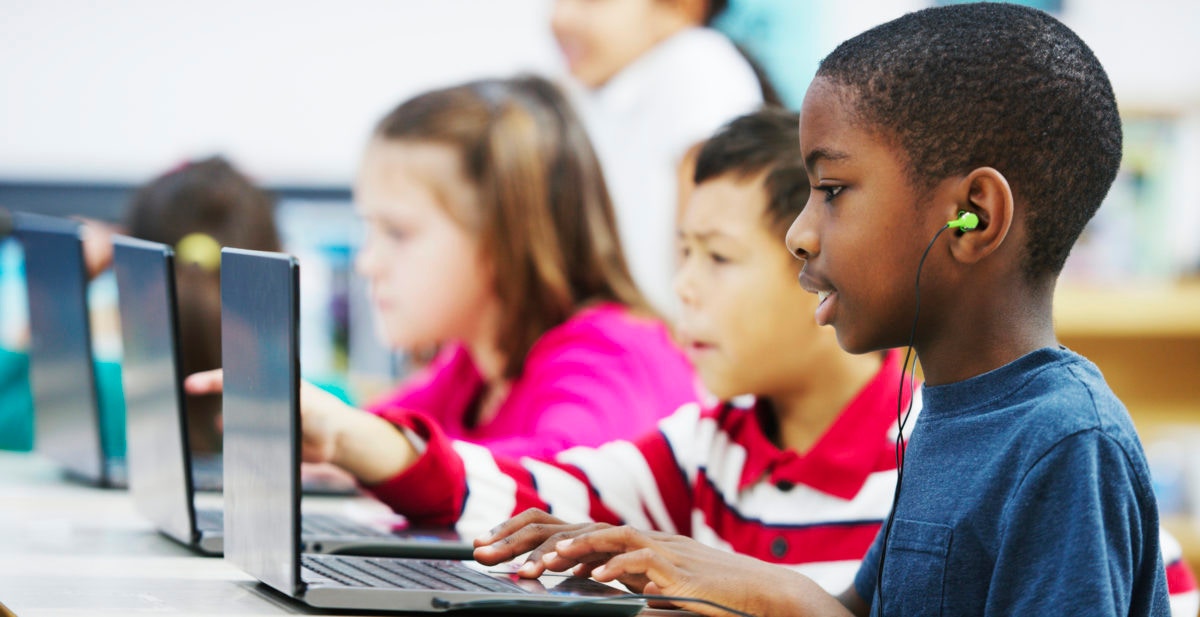Today's kids are impressively tech-savvy. But the digital world -- just like the nondigital world -- requires all kinds of skills that kids don't simply pick up as they go. Digital citizenship and media literacy have to be taught and modeled by the adults in kids' lives. How do kids tell the difference between trustworthy and false information on the web? When is it OK to use someone else's work in their creative projects? How do they keep their personal information private online? Every day in the classroom -- especially in schools with lots of technology -- teachers can help kids build these essential skills. But teachers are incredibly busy and often overwhelmed by all they're expected to accomplish each day. Though they may want to teach digital citizenship and media literacy, they may struggle to fit these lessons into an already packed agenda. Here are five ways that you, as a parent, can help start conversations about these important topics and introduce valuable resources to your school community. Talk to your kid's teacher. Find out what your teacher is already doing to build these skills, and share a few of the high-quality resources Common Sense Education offers. Our K-12 Digital Citizenship Curriculum is a great place to start. And with ready-made lessons and engaging videos on a range of key topics, teachers can easily fit digital citizenship activities into their existing instruction. Get to know the school librarian. The media center is often the hub for all digital citizenship and media-literacy lessons. Find out if the school librarian is addressing these topics regularly. Point out our fun interactive student games, which allow kids to explore and discuss the impact of their decisions in the digital world. Share family resources with other parents. Raise awareness about balanced media use at home by sharing our K-12 Family Media Agreements and Device-Free Dinner initiative with other parents and caregivers in your school community. As more families get on board with digital citizenship, the easier it will be to convince the school to follow suit. Engage your PTA. Spark a community conversation with Connecting Families, a free, yearlong program that includes everything parent facilitators need to encourage their schools to use connected technologies in ways that are both fun and safe. From cyberbullying and photo sharing to digital footprints and online safety, our program helps parents and teachers have meaningful conversations with kids about making thoughtful choices in their digital lives. Connect with the principal. They may seem too busy, but school principals want to know more about your priorities for your kid's education. They're also always on the lookout for quality learning opportunities for their teachers. Share with your principal Common Sense Education's webinars, teaching videos, and digital citizenship training for ways to get teachers up to speed on teaching these essential skills. Written by Erin Wilkey Oh for Common Sense Media


